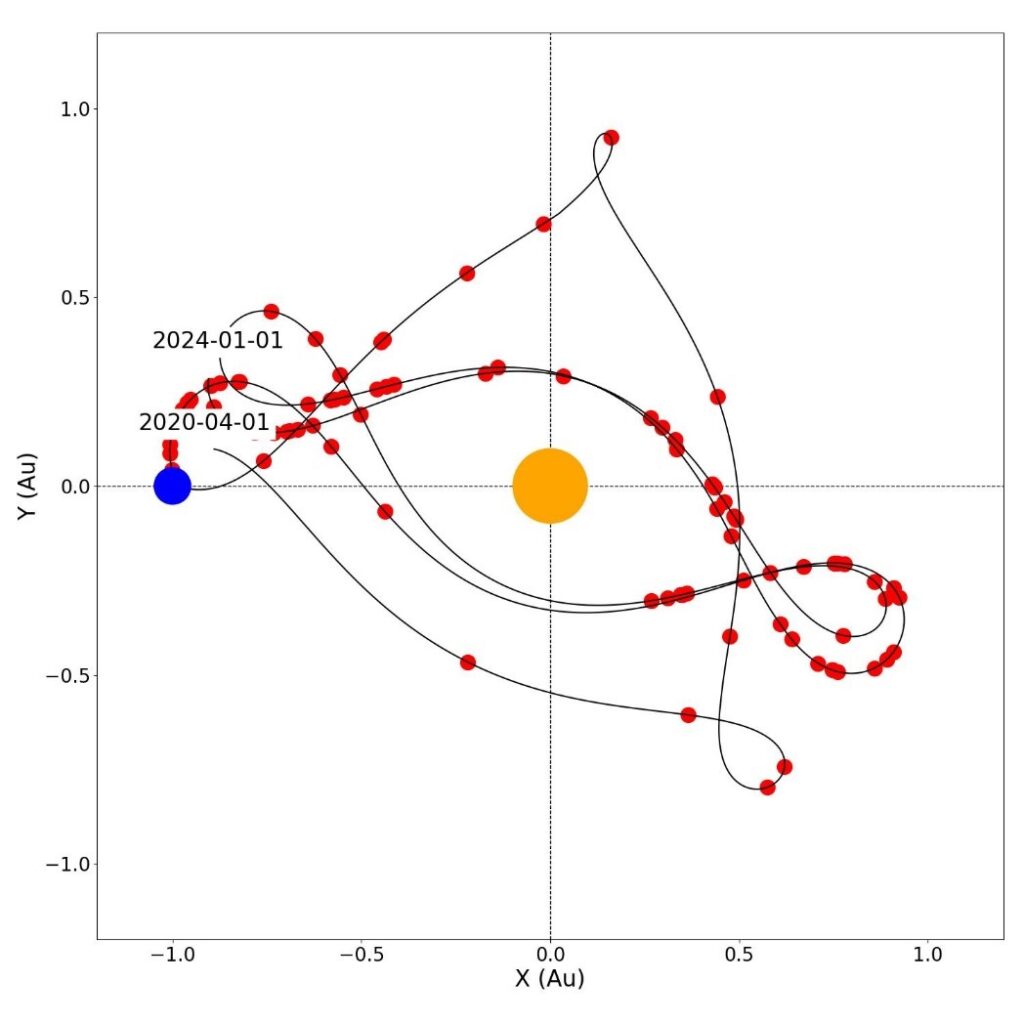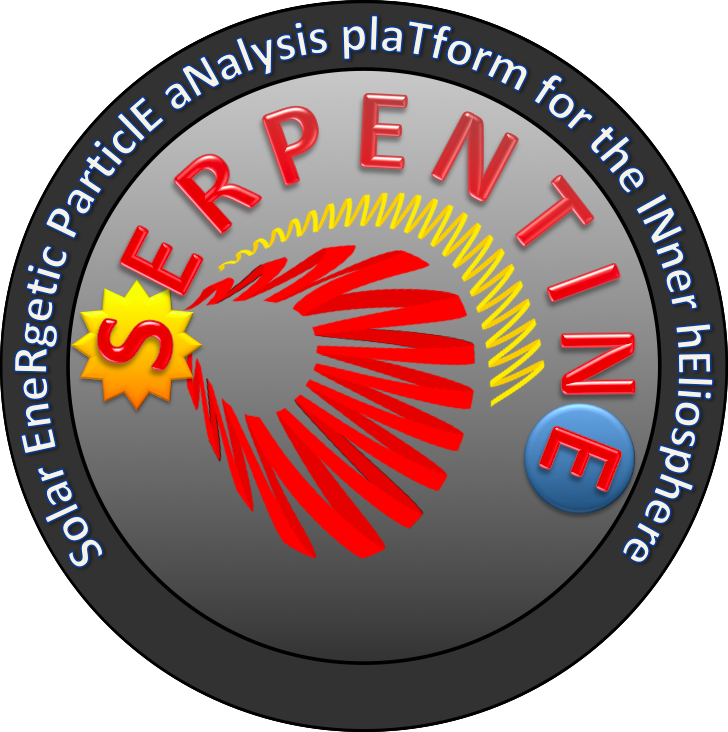Interplanetary (IP) shock waves are efficient “natural particle accelerators” and fundamental constituents of the heliosphere, where they propagate due to solar activity phenomena such as Coronal Mass Ejections (CMEs).
The SERPENTINE consortium is exploiting the observational window provided by the novel missions to study IP shocks in the inner heliosphere as we approach solar maximum. Part of the effort is to build a catalog of in-situ shocks, where such transient events are identified and fully characterized. To this end, a semi-automated pipeline has been developed by the consortium, where shocks are identified within in-situ measurements time series. The shock parameters and features are then computed. Such a catalogue is particularly novel for the Solar Orbiter mission, yielding measurements with unprecedented levels of time-energy resolution at low heliocentric distances.

The Solar Orbiter shock catalogue recently reached 100 shock candidates from 2020 to 2023 (see Figure 1 for a graphical representation), a dataset with large potential for discovery, as we are observing IP shocks at different heliocentric distances and in a very wide variety of regimes. For instance, preliminary analyses have shown that the local solar wind disturbances encountered by IP shock through their journey in the heliosphere strongly affect particle acceleration in the suprathermal (~ tens of keV) energy range, while the behavior of higher energy particles is less sensitive to such local irregularities.
The shock catalogue can be found at https://data.serpentine-h2020.eu/catalogs/shock-sc25/, soon to be updated with the latest events.
